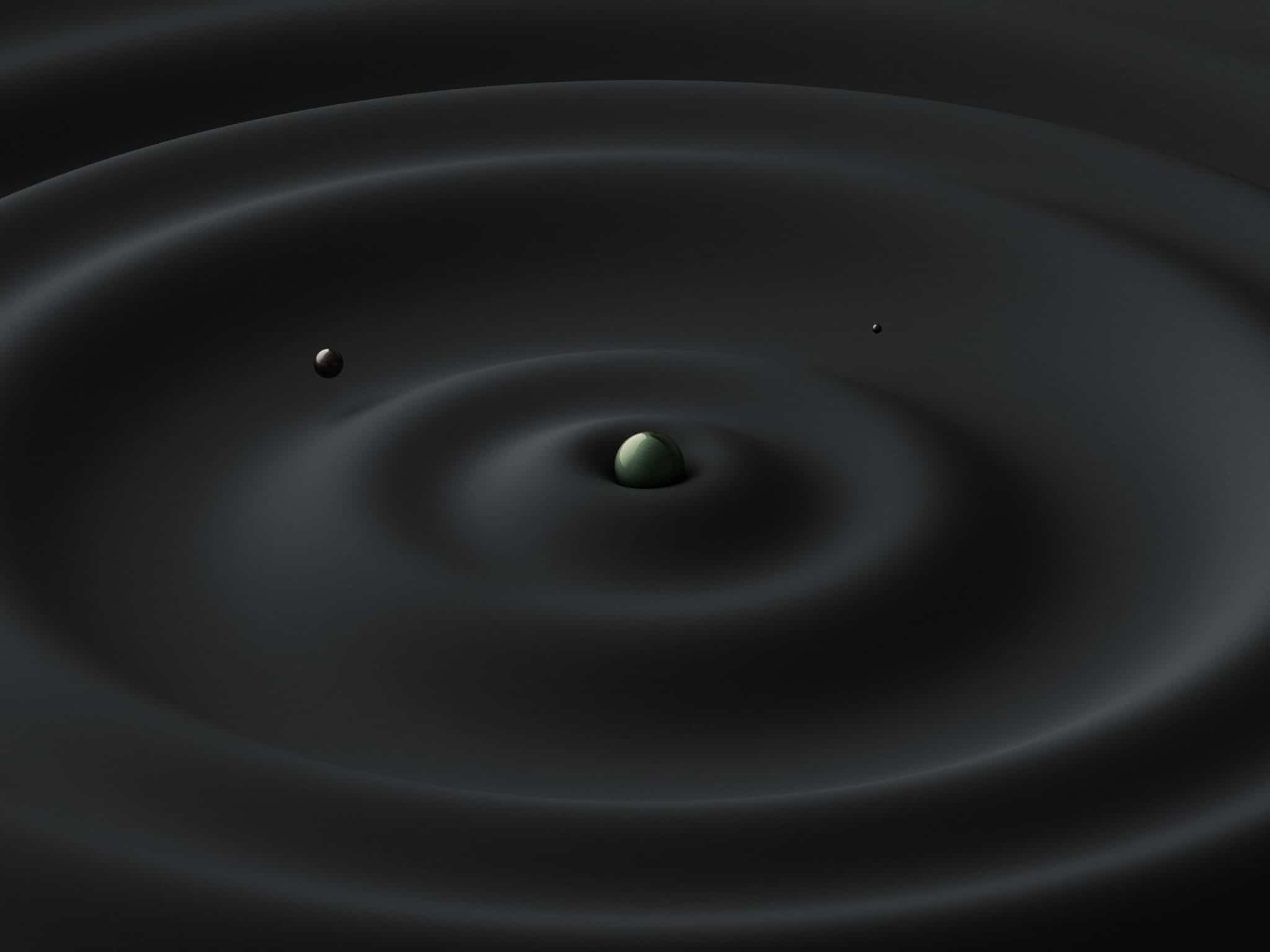User experience (UX) design is the process design teams use to create products that provide meaningful and relevant experiences to users. This involves making the entire process of acquiring and integrating the development, including aspects of branding, design, usability, and function.
“User Experience Design” is often used interchangeably with terms such as “User Interface Design” and “Usability.” However, while usability and user interface (UI) design are important aspects of UX design, they are subsets of it – UX design covers a vast array of other areas, too. A UX designer is concerned with the entire process of acquiring and integrating a product, including aspects of branding, design, usability, and function. It is a story that begins before the device is even in the user’s hands.
“No product is an island. A product is more than a product. It is a cohesive, integrated set of experiences. Think through all stages of a product or service – from initial intentions through final reflections, from the first usage to help, service, and maintenance. Make them all work together seamlessly.”
— Don Norman, inventor of the term “User Experience.”
Products that provide an excellent user experience (e.g., the iPhone) are thus designed with the product’s consumption or use in mind and the entire process of acquiring, owning, and even troubleshooting it. Similarly, UX designers don’t just focus on creating usable products; we concentrate on other aspects of the user experience, such as pleasure, efficiency, and fun. Consequently, there is no single definition of a good user experience. Instead, a good user experience meets a particular user’s needs in the specific context where they use the product.


